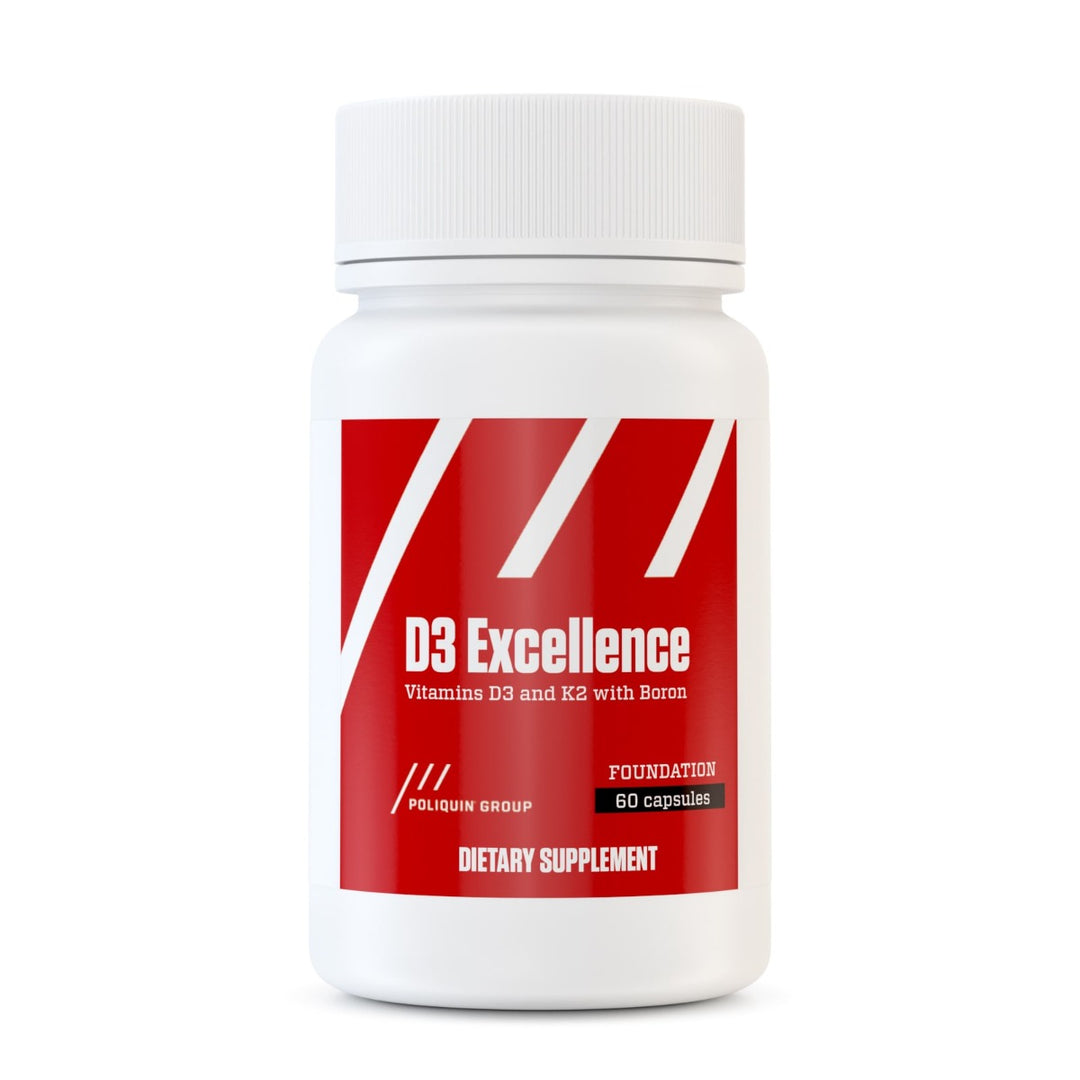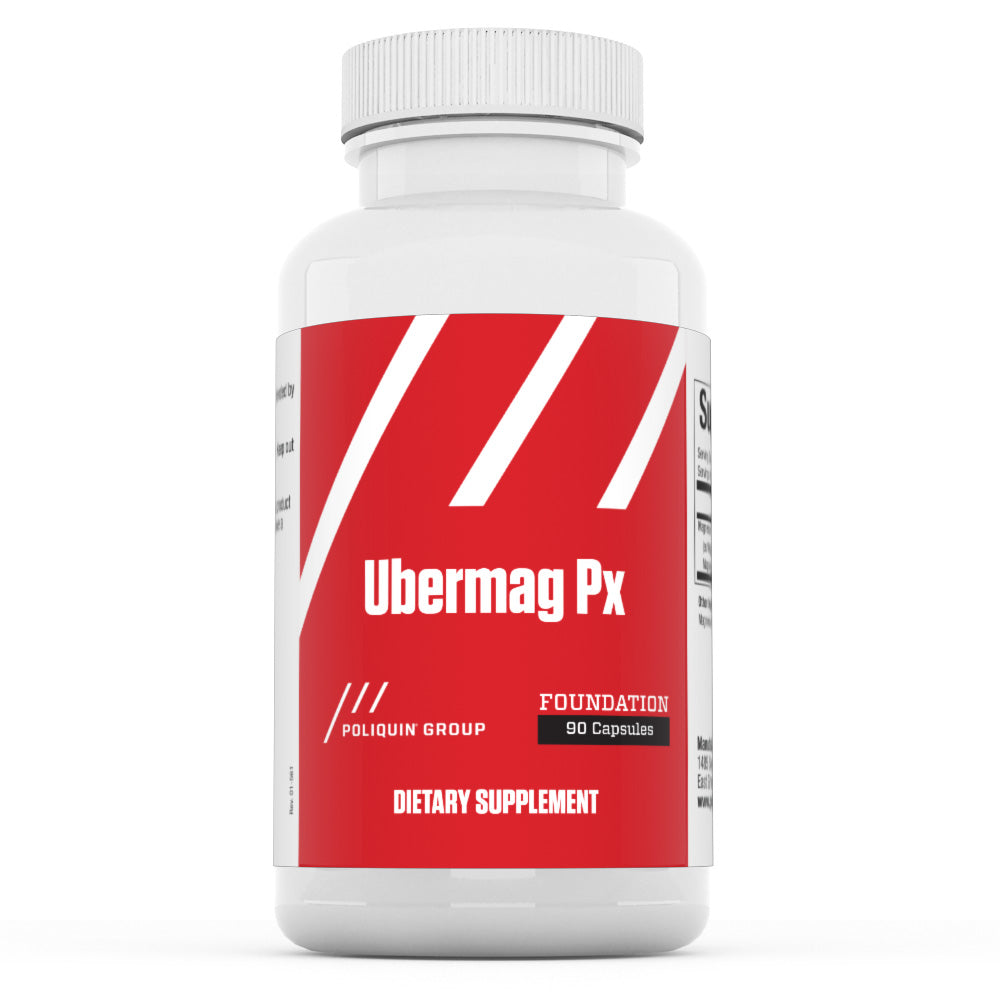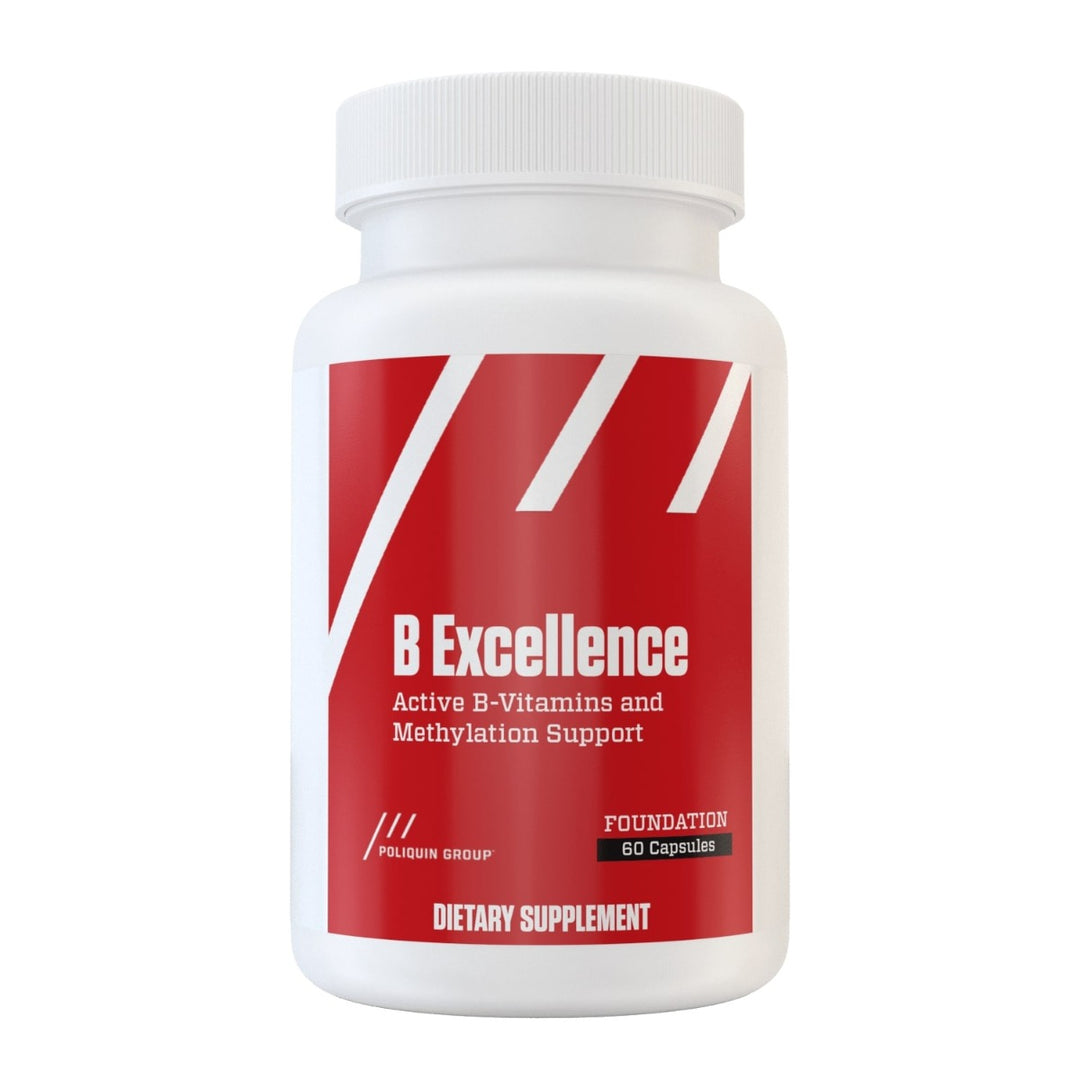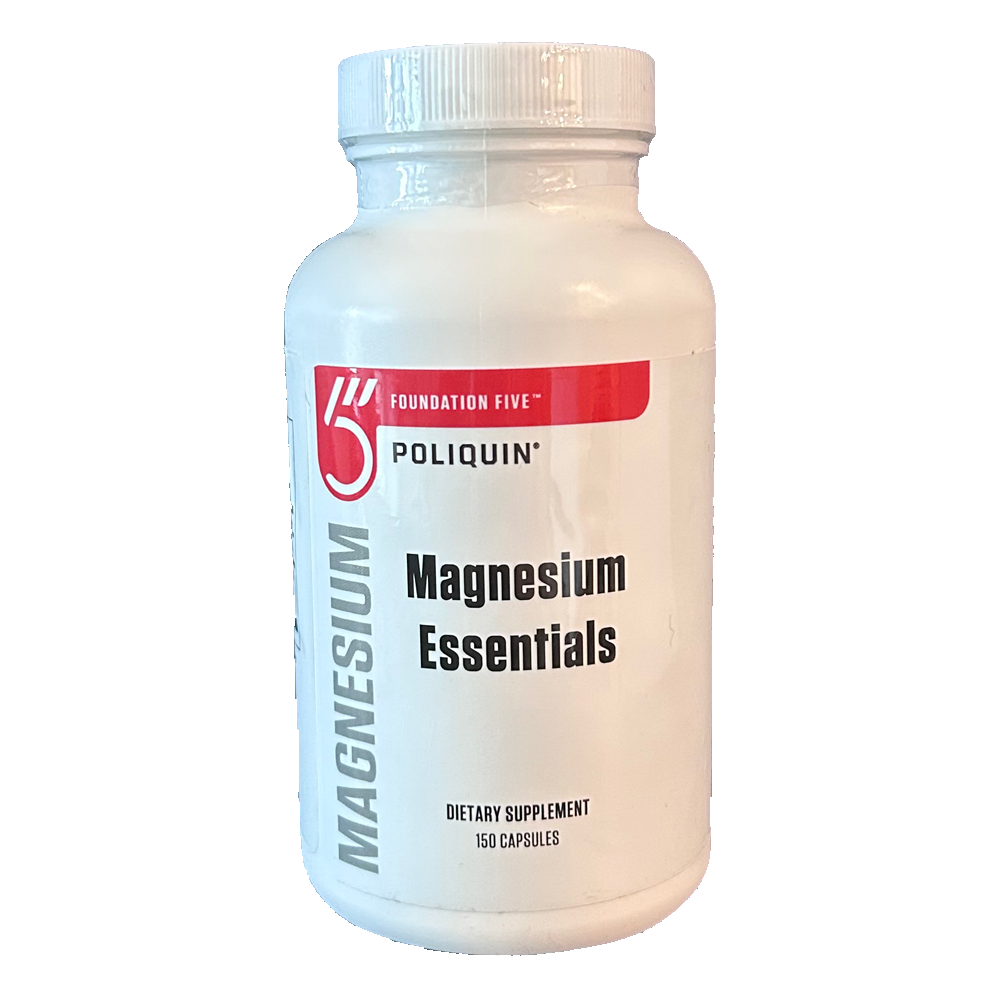Tips to Get Fat Loss Results from Sprint Interval Training
Try sprint interval training to lose fat fast and improve conditioning. Research shows that sprint interval training is the best conditioning method for fat loss, but it’s best to use a precise interval program in order to get results—haphazardly making up intervals is not the best way to go.
There are a wide variety of interval programs out there and research shows that they yield different results based on how they stress the body to adapt.
For example, a recent study showed that an interval model called 30-20-10 was highly effective at improving health markers and performance in recreational runners, but it probably isn’t the best method for fat loss because it’s not intense enough to generate high levels of lactate or growth hormone.
The 30-20-10 model has trainees perform four 5-minute intervals in which they jog for 30 seconds, run at a moderate intensity for 20 seconds, and sprint for 10 seconds, and then repeat. After doing the program for 7 weeks, trainees improved performance on a 1,500 meter run by 21 seconds and by 48 seconds on a 5 km run. They also decreased their systolic blood pressure by 5 mm Hg and improved cholesterol levels, however, there were no changes in body composition.
In comparison, a 20-minute sprint interval program that used 60 intervals of all-out 8-second sprints followed by 12 seconds recovery on a ergometer cycle resulted in 2 kg fat loss and 1 kg muscle development in untrained men. The same program produced 2.5 kg fat loss in normal-weight women.
Note that the difference between this program and the 30-20-10 method is that for each minute trained, trainees sprint all out for a total of 24 seconds, compared to only 10 seconds with 30-20-10. The greater time spent working at maximal intensity is the difference in metabolic stress for fat loss.
For trained individuals or athletes, more demanding programs may be necessary. Studies suggest longer all-out intervals will elevate growth hormone to produce fat burning.
For instance a model that allowed participants to lose 9 times more body fat than a steady-state aerobic program used 10 sprints of 15 seconds each increasing to 15 sprints of 30 seconds each as trainees began to adapt. The recovery period was based on heart rate—once it returned to 120 beats per minute the next interval was performed.
The take away is that you must program interval training to reach your goal and if that goal is fat loss, near maximal intensity sprints in the 30-second range to produce lactate buildup are ideal. Rest periods should be active rather than passive, and 1-to-3 or 1-to-8 work-to-rest intervals have proven effective for eliciting a growth hormone response for fat loss.











